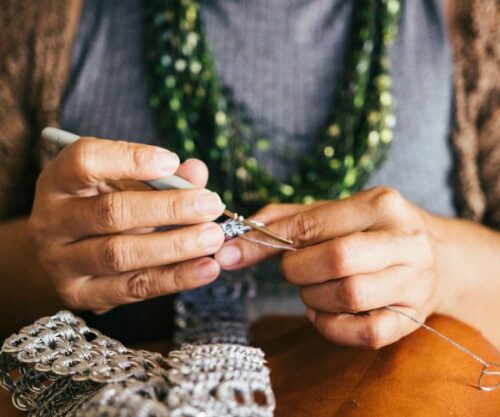
Whether you’re soaking up the sun or prefer a quick at-home tan, it’s essential to tan safely to protect your skin from damage. While many of us crave that sun-kissed glow, tanning can come with some risks—from both UV exposure and certain ingredients in self-tanners.
Fear not! There are ways to achieve that sun-kissed look without putting your skin at risk. Here’s your guide to safe tanning, whether you’re opting for sun-tanning or self-tanning.
5 Sun-tanning tips
While sun tanning might seem like the quickest way to achieve a natural glow, UV rays can cause long-term damage to your skin, such as premature ageing, hyperpigmentation, and even skin cancer. Here are some essential tips for sun tanning safely:
1. Choose the right time to tan
The sun’s rays are strongest between 10 a.m. and 4 p.m. To reduce the risk of sunburn, aim to tan outside of these hours when UV rays are less intense. Early morning or late afternoon is ideal for soaking up the sun without overwhelming your skin.
2. Use broad-spectrum sunscreen
Always wear a broad-spectrum sunscreen with at least SPF 30. This will protect your skin from both UVA and UVB rays, which are responsible for burning and long-term damage. Apply it generously and reapply every two hours, or after swimming or sweating.
3. Don’t skip sensitive areas
Some areas of the body, like your ears, scalp, and feet, are often overlooked but can burn easily. Be sure to apply sunscreen to these spots or wear protective clothing like a wide-brimmed hat or UV-blocking sunglasses.
4. Limit your time in the sun
To avoid overexposure, start with 15-20 minutes of sunbathing and gradually increase the time over several days. This helps build a tan more evenly without risking sunburn.
5. Stay hydrated
Tanning can dehydrate your skin, so make sure to drink plenty of water and use a moisturiser with soothing ingredients like aloe vera to keep your skin hydrated and prevent peeling.
5 Self-tanning tips
Self-tanners are a great alternative to sun tanning if you want to avoid UV exposure altogether. However, it’s crucial to choose the right products and apply them correctly to avoid streaks or orange undertones.
1. Prep your skin
Before applying a self-tanner, exfoliate your skin to remove dead cells and create an even surface. Pay special attention to areas like elbows, knees, and ankles, which tend to be drier and can absorb more product, leading to uneven colour.
2. Moisturise dry areas
Dry skin can cause self-tanners to cling unevenly, so moisturise areas like your elbows, knees, and feet before application. This will ensure a smoother, more even tan.
3. Choose the right self-tanner
There are different types of self-tanners: lotions, mousses, sprays, and gradual tanning moisturisers. Choose one that matches your skin tone and desired intensity. If you’re new to self-tanning, start with a gradual tanning lotion to build your colour slowly and avoid drastic changes.
4. Apply in circular motions
When applying self-tanner, use a tanning mitt or glove to ensure even application. Work in circular motions to blend the product seamlessly, and be careful around joints where colour tends to accumulate.
5. Let it dry
After applying self-tanner, wait at least 10 minutes before getting dressed to avoid staining your clothes. For best results, wear loose clothing and avoid sweating or showering for a few hours to allow the tan to develop properly.
6. Maintain your tan
To prolong your tan, moisturise daily and avoid exfoliating scrubs, which can fade the colour faster. You can also use a gradual self-tanning lotion to extend the life of your glow.
Extra skin health tips
Whether you prefer sun tanning or self-tanning, it’s essential to prioritise the health of your skin. Here are a few additional tips to keep your skin in top shape year-round:
- Hydrate inside and out: Drink plenty of water and use hydrating products on your skin to keep it soft and supple.
- Avoid tanning beds: Tanning beds expose you to concentrated UV radiation and significantly increase your risk of skin cancer. Opt for self-tanning products or sun tanning with SPF instead.
- Get regular skin checks: Schedule annual dermatologist appointments to check for any changes in your skin, especially if you tan regularly.
Compiled by: Amy Steenkamp
First published by Woman & Home
Also see: How to show your friend tough love




